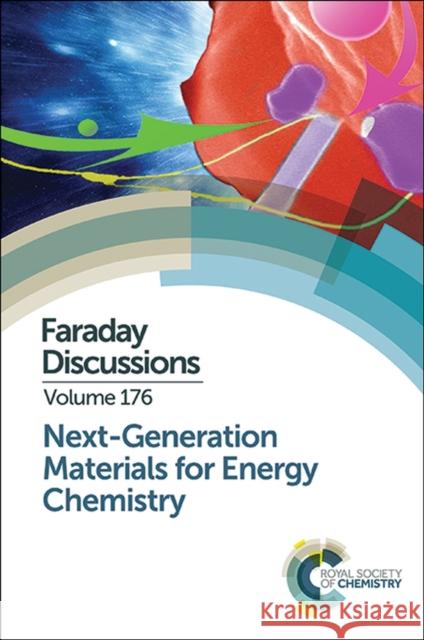New Advances in Carbon Nanomaterials: Faraday Discussion 173 » książka
New Advances in Carbon Nanomaterials: Faraday Discussion 173
ISBN-13: 9781782620440 / Angielski / Twarda / 2015 / 462 str.
Carbon nanomaterials have a unique place in nanoscience owing to their exceptional electrical, thermal, chemical and mechanical properties and have found application in areas diverse as composite materials, energy storage and conversion, sensors, drug delivery, field emission devices and nanoscale electronic components. Conjugated carbon nanomaterials cover the areas of carbon nanotubes, fullerenes and graphene. Carbon nanotubes continue to gain attention and have impacted many fields and the number of potential applications continues to grow. The chemistry of carbon nanotubes, control over electronic properties and the assembly of nanotube devices are particularly active areas. Work in fullerenes has renewed vigour with significant advances in the field of superconductivity, thin films and supramolecular assembly being made over the last few years. Graphene is perhaps the newest of the carbon nanomaterials and promises to be a very active field. Already since its 'isolation' in 2004 it has grabbed the attention of the chemistry, materials and physics communities. It promises to rival carbon nanotubes in terms of properties and potential applications with the number of publications rising from ca. 130 in 2005 to ca. 2,800 in 2010. The discussion covers three key areas: carbon nanotubes, fullerenes and graphene which although look very different have much, often unrealised, common ground. Much of the work on carbon nanotubes has origins in fullerene research and now graphene is building on carbon nanotube work.











